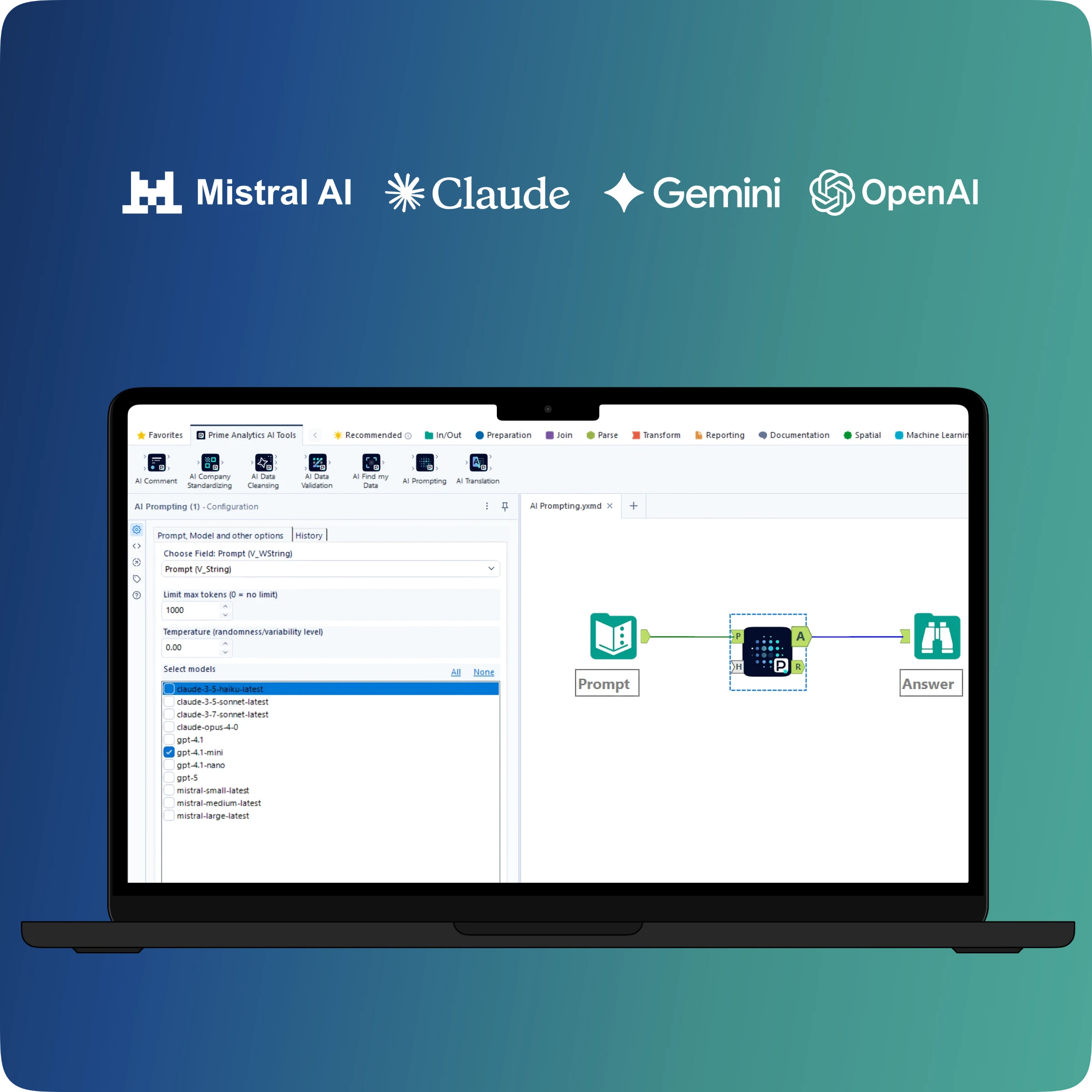2024-2025: A pivotal year for the banking industry and AI

1. Artificial Intelligence: A Strategic Driver Facing Financial Sector Challenges
The year 2024 marked a turning point for the banking and financial sector, facing major challenges:global economic downturn, persistent inflation, rising interest rates, and geopolitical tensions. Faced with these turbulences, artificial intelligence (AI) has emerged as a strategic lever, allowing institutions to adapt to a constantly changing environment.
The global AI market, valued at 136 billion dollars in 2024 (Business Research Insights, 2025), is experiencing a meteoric growth and should reach $1.81 trillion by 2030, an increase of more than 850% in less than a decade (Grand View Research, 2025). This expansion is driven by mass adoption in key sectors such as finance, health and industry, as well as through major advances in deep learning, natural language processing (NLP) and innovative technological infrastructures.
In this context, AI is now one of the five most promising investment sectors for 2025 (Forbes, 2025), alongside clean energy, health technology, cybersecurity, and advanced manufacturing. Its rapid adoption in strategic industries reinforces its attractiveness, while his estimated annual growth rate of 35-40% (PwC, 2025) far exceeds that of cybersecurity (12-15%) and clean energy (~ 10%).
If AI is still a market more modest in size ($136 billion in 2024) compared to sectors such as health ($10,300 billion) and energy ($7,000 billion) (WHO, 2024), its Economic potential is colossal. Indeed, AI-based technologies could generate $15.7 trillion in economic impact by 2030 (PwC, 2025), surpassing many traditional sectors in added value. Finally, the major players in the market, such as NVIDIA, Microsoft, and Palantir, are consolidating their position through technological advances and strategic acquisitions (Forbes, 2025), making AI a key driver of global economic transformation.
2. AI at the heart of banking strategies: security, innovation and efficiency
2.1 Securing transactions using AI: The example of Revolut

Revolut, the online bank that serves more than 35 million customers around the world, is innovating with advanced AI-based scam detection functionality. This technology uses cutting-edge machine learning to identify suspicious transactions, block risky payments, and guide customers through verification steps to avoid fraud.
Since its launch, this feature has made it possible to reduce 30% losses related to bank card scams, while maintaining the freedom of customers to make legitimate payments. In 2023, 59% of losses related to APP (Authorised Push Payment) scams came from investment scams, but Revolut proves that well-designed AI can turn the tide, effectively protecting users' finances.
2.2 A revolution in analytics and compliance

AI isn't just about security. In investment banking, it makes it possible to predict market trends and to detect anomalies such as fraud or human error. When it comes to compliance, it simplifies the management of complex regulations, such as MiFID II or EMIR, by automating reporting and detecting discrepancies, saving time and resources for institutions.
The integration of artificial general intelligence (AGI) pushes these advances even further. By using intelligent algorithms that can analyze vast amounts of data in real time — news articles, social feeds, or historical data — AGI identifies market trends, opportunities, and anomalies with unprecedented accuracy. It thus offers investors a significant competitive advantage and optimizes regulatory processes, by automating the monitoring and management of complex standards.
Les robo-advisors, another example of applied AI, complete this picture by offering automated and personalized financial recommendations, adapted to the profile of each customer. These tools, like AGI, reduce human bias, speed up decision-making, and increase customer satisfaction.
By combining technological innovation and process optimization, AI and AGI are redefining performance and compliance standards in finance. However, these advances are accompanied by ethical and regulatory issues that require particular attention to ensure responsible adoption.
3. Europe, a strategic player in the global AI ecosystem

Europe plays a crucial role in the global technological revolution, but it faces major challenges. Despite an overall estimate of the artificial intelligence market at 190 billion dollars in 2025 and a projection reaching $1.81 trillion by 2030 (source: Statista, 2025; Grand View Research, 2025), the continent is struggling to compete with the massive investments made in the United States and China.
European companies, although innovative, remain hampered by a regulatory environment that is considered restrictive. These challenges add to the investment gap, estimated at 270 billion euros compared to the United States, according to the Draghi report. This delay could erode Europe's ability to attract talent and maintain its competitiveness.
Despite these obstacles, Europe continues to take advantage of its position in the development of technological infrastructures. Businesses like ASML, based in the Netherlands, play a central role with their extreme ultraviolet lithography (EUV) machines, essential for the manufacture of high-performance AI chips. In addition, efforts are being made to reduce the energy consumption of data centers and support advances in sustainable AI.
To not be left behind, Europe must intensify its investments in research and innovation, simplify its regulatory frameworks and promote greater collaboration between public and private actors. The adoption of AI on the continent is essential to fully exploit the opportunities offered by this rapidly expanding market and maintain a key role on the international scene.
4. Opportunities and risks: a transition to be controlled

While AI offers considerable opportunities, it also comes with major challenges. Algorithms can increase market volatility, and ethical issues like data privacy or algorithmic biases need to be taken seriously. In cybersecurity, AI can be a double-edged sword, capable of protecting systems while being exploited for malicious purposes.
Rigorous governance, combined with strengthened human control, is essential to take full advantage of the benefits of AI while limiting its excesses. Regulators, such as the ACPR in France, are already working to establish clear frameworks to avoid any imbalance.
5. The future of AI in finance: between audacity and responsibility

Banks and financial institutions that integrate AI into their strategies will not only survive in a complex environment; they will thrive. Whether it's improving security, predicting trends, or optimizing processes, AI is paving the way for more agile and efficient finance.
But this transformation requires more than just technological investment. It requires a clear vision, organizational adaptation and ethical data management. Industry leaders will need to be bold, but also responsible, to build a future where AI, far from replacing humans, will enrich its role in an increasingly connected world.
References:
RSM. (2024). Is generative AI a challenge for finance functions?
Brehier, Bertrand. (2019). Artificial intelligence: what are the impacts for financial markets?. Bank magazine, AI and finance section.
Table of contents:
We will get back to you as soon as possible.
Please try again or contact us at contact@primeanalytics.fr.


